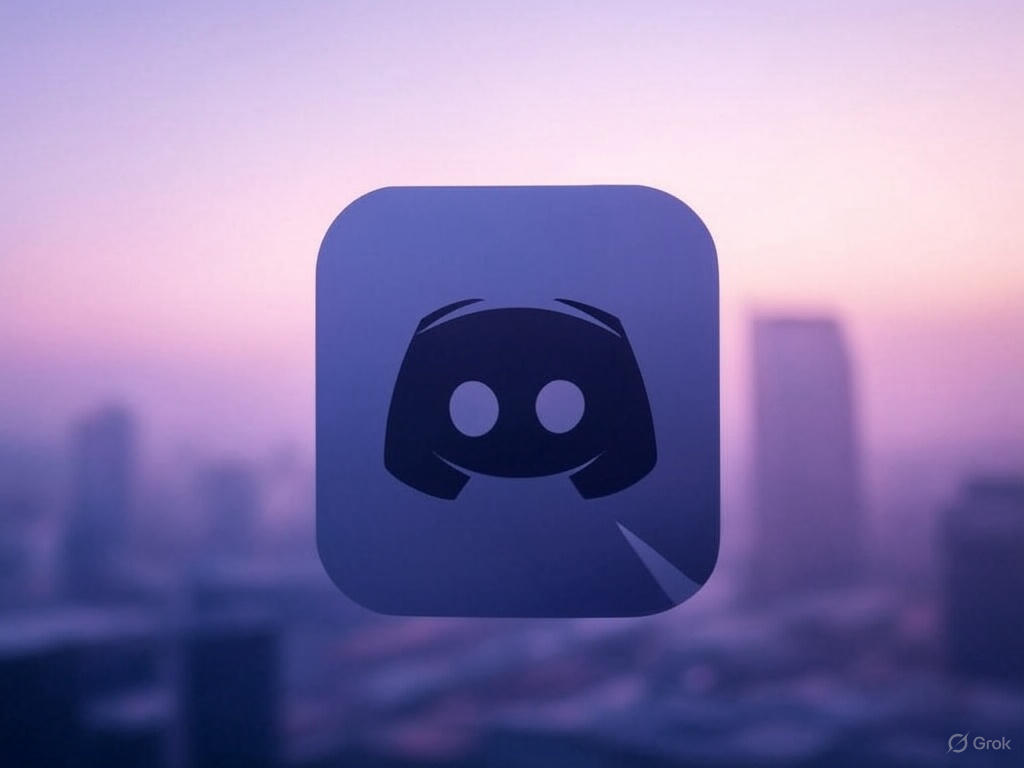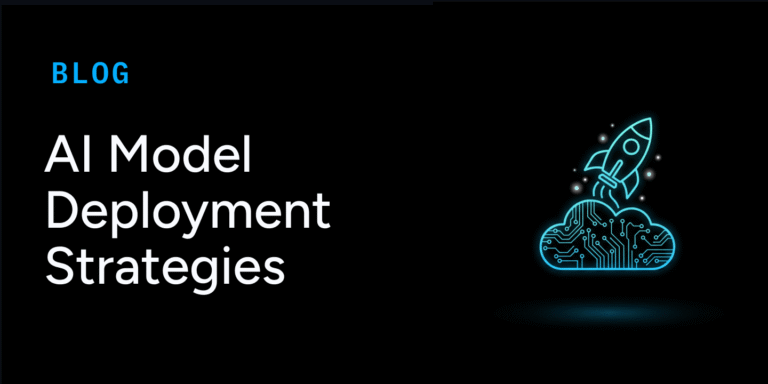March 17, 2025 — Today marks a pivotal moment for the gaming industry as Discord unveils its innovations Social SDKa free toolkit designed to seamlessly integrate its powerful social features into video games. Announced at the Game Developers Conference (GDC) 2025, this innovative software development kit will redefine how gamers connect, communicate and engage in multiplayer experiences. As gaming continues to evolve into a more social and connected pastime, Discord’s latest move positions it as a central hub for developers and players alike. That’s why the Social SDK is poised to be a game-changer.
What is Discord’s Social SDK?
Discord, long celebrated as the communication platform of choice for gamers, has taken a bold step forward with the release of its Social SDK. This toolkit enables game developers – whether indie creators or AAA studios – to embed Discord’s social infrastructure directly into their games. Features like unified friend lists, cross-platform messaging, voice chat, and deep-linked game invites are now at developers’ fingertips, all at no cost.
The SDK is currently compatible with C++, Unreal Engine, and Unity, and supports Windows 11+ and macOS, with console and mobile support promised “soon.” Early adopters include notable names such as Theorycraft Games, Facepunch Studios, 1047 Games, Scopely, Mainframe Industries, Elodie Games, and Tencent Games, indicating strong industry confidence in this tool.
But what makes this release so important? It’s how it bridges the gap between gaming and community, offering a seamless experience that doesn’t require players to have a Discord account, although linking one does boost engagement further. This flexibility could democratize social gaming like never before.
Enhance your multiplayer experience
Consolidated friend lists: the social backbone
One of the notable features of the Social SDK is the unified friends list. Imagine launching your favorite game and instantly seeing your Discord friends alongside your in-game buddies, without having to switch between apps. This integration enhances the feeling of continuity, allowing players to stay connected whether they are in-game or talking on Discord. For developers, this means less time creating custom social systems and more focus on crafting compelling gameplay.
Stanislav Vishnevsky, CTO and co-founder of Discord, highlighted this potential in an interview with PCGamer. He pointed to MMO guild conversations as an example, noting how they can now exist in-game and within the Discord ecosystem, simplifying cross-platform communication.
Deeply Connected Invitations: Seamless Multiplayer
Gone are the days of cumbersome lobby codes or manual invitations. With deep-linked game invites, players can send a direct invitation from their in-game friends list to their Discord contacts, allowing instant joining of parties, lobbies or sessions. This feature eliminates friction, making multiplayer coordination as simple as a tap – a boon for casual and competitive players alike.
RICH PRESENCE: Show your game
The SDK also brings a “rich presence” to the table, displaying a player’s current in-game activity on their Discord profile. Friends can see what you’re playing and join in with one click, boosting game visibility and encouraging spontaneous play. It’s a subtle yet powerful way to boost discoverability, especially for smaller titles looking to stand out in a crowded market.
Why is this important for developers?
For game developers, the Social SDK is a gift that keeps on giving. Creating social features from scratch is resource-intensive, and often diverts attention from the core game design. By leveraging Discord’s well-established infrastructure — used by more than 200 million monthly active users — developers can eliminate this burden and deliver polished multiplayer experiences faster.
The free availability of the toolkit creates a level of competition, enabling independent studios to compete with industry giants. As Vishnevskiy noted at GDC, “The industry still faces tough challenges, but GDC remains a place where passionate, creative minds connect over their love of games.” The Social SDK embodies this spirit, offering tools to improve player connection and retention without breaking the bank.
Furthermore, with features like cross-platform messaging and voice chat in beta (available on-demand), the SDK hints at a future where games transcend platform silos. Console and mobile support, while not yet live, will only amplify this potential, promising a unified gaming ecosystem.
A win for the players too
Players will benefit from this innovation just as much. The Social SDK not only simplifies logistics but also enriches the social fabric of gaming. Whether you’re rallying your party for a raid, talking to rivals in a shooter, or just catching up with friends mid-game, the integration feels natural and intuitive.
Furthermore, the optional Discord account linking caters to both die-hard fans and casual gamers. Don’t want to subscribe? No problem, you can still enjoy the in-game social features. But for those who do link, the experience becomes more immersive, connecting your gaming identity to the vibrant Discord community.
The bigger picture: Discord’s vision for gaming
This isn’t Discord’s first foray into deepening its gaming relationships. Last year, it introduced the Embedded App SDK, allowing developers to build games that can be played directly on the platform. The Social SDK builds on this foundation, shifting focus from hosted experiences on Discord to optimizing external games. Together, these moves point to a broader ambition: to make Discord the beating heart of gaming culture.
With over 1.5 billion hours spent playing games each month on PC alone, Discord’s user base is a goldmine for developers seeking interaction and discovery. The Social SDK takes advantage of this, providing a direct line to an enthusiastic and active audience. In an industry where retention and visibility are crucial, this may be just what developers need.
Challenges and opportunities ahead
Of course, no innovation is without obstacles. The current limitations of the SDK on PC platforms (Windows and macOS) leave console and mobile gamers waiting – a large portion of the market. While Discord has pledged broader support soon, the timeline remains vague, which could slow adoption among cross-platform developers.
Additionally, incorporating these features requires careful design to avoid confusing players or cluttered interfaces. Developers will need to strike a balance, ensuring that social tools enhance the core experience rather than detract from it.
However, the opportunities outweigh the risks. As gaming becomes increasingly competitive — with 20,000 new titles launched annually, according to industry data — the ability to stand out through seamless social integration can be a differentiator. Discord’s Social SDK provides a shortcut to this goal, powered by a platform players already know and love.
Final Thoughts: A new era of social gaming
Discord’s social SDK is not just a tool, it’s a statement. It declares that the future of gaming lies in connection, not isolation. By weaving its social fabric into the games we play, Discord is poised to transform the dynamics of multiplayer for years to come. For developers, it’s an opportunity to innovate without reinventing the wheel. For players, this is the promise of richer, more connected adventures.
With GDC 2025 kicking off this week, all eyes are on San Francisco, where attendees can see the SDK in action. If the early buzz is any indication, it’s more than just a feature release — it’s the dawn of a new era in gaming. So, whether you’re a developer looking forward to your next project or a gamer eager to join the team, one thing is clear: Discord’s Social SDK is here to stay, and it’s ready to level up your game.







